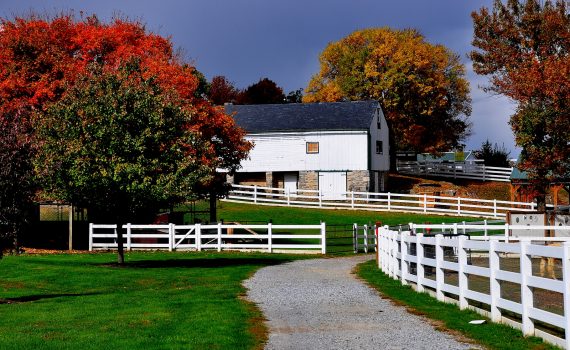If you have trees in your garden, it is your responsibility to provide tree care and tree trimming. But what about trees from other properties that over hang onto yours? What about trees that are starting to infringe on public property or power lines that no one else seems to trim? Could it be that you’re also responsible for trimming those trees? Here we look at the responsibilities of tree ownership, and when you can (and should) trim trees.
Tree Care and Tree Trimming
Trees growing on a property remain the responsibility of the owner of that property. This means that no matter where the tree branches hang, if the tree trunk is growing is growing on your property, it is your responsibility. Taking care of a tree on your property means checking that it’s free of pests and diseases. This is important as an infected tree can begin to infect the trees around it as well causing widespread problems in an area.
It’s also important to have the branches of the tree you own trimmed regularly. Overgrown branches can infringe onto neighbors properties and public property, and can create a hazard if they grow too large and fall. Taking responsibility for the trees and plants on your property is an essential component of tree care and health.
Trees Overhanging On Your Property
One of the most common complaints that councils receive is that a tree branch is hanging over a fence and into a neighbor’s property. Neglecting to prune and care for a tree means that it’s branches can quickly start growing into other’s properties. These branches pose a problem by taking up extra space, dropping leaves, fruits or seeds, and creating a potential hazard with falling branches.
Fortunately, if you find your neighbor’s branches have overgrown, and they have now grown over the property line, you are entitled to trim them. However you may only trim these branches up to the property line. It is also interesting to note that you are not legally allowed to eat the fruit on branches of a tree that hang on your property. You also must be careful not to affect the tree in any way that could kill or severely damage it. If you cut too many branches or roots and it ends up destroying a tree on a neighbor’s property, you may need to provide compensation for that tree.
Trees And Plants On The Boundary Line
For trees and plants (such as hedges) that sit directly on top of the property boundary lines between you and your neighbor’s home, the question of ownership and responsibility is a bit more complicated. It may be that for trees and plants directly on the boundary line, both owners retain an interest and responsibility for the tree. For any decision involving trees and plants on the property line it’s good to discuss with your neighbor how to best approach their care and how to trim the trees.
Trees Growing Onto Public Property And Power Lines
It’s always best to avoid planting trees in a position that could infringe upon power lines. You may not be able to trim the trees on your property that a growing close to powerlines, as this can be dangerous. Call a local arborist to trim the trees near your powerline or otherwise you can contact the local electrical company for safe and effective tree trimming.
Ultimately, it’s best to gain as much information as possible, and to talk to your neighbor or local authority before trimming a tree if there is any uncertainty.
 Bringing Sexy Back Into Your Yards
Bringing Sexy Back Into Your Yards 
